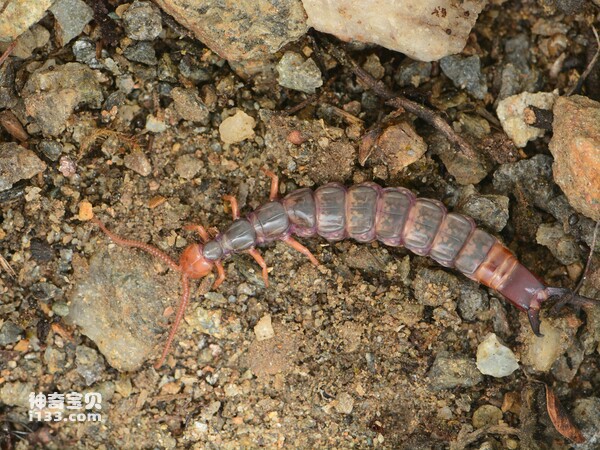Paguroidea
IUCN
LCBasic Information
Scientific classification
- name:Paguroidea
- Scientific Name:Paguroidea,hermit crabs,Hermit shrimp, white house, dry house
- Outline:Arthropoda
- Family:C.Malacocephalus O.Decapoda F.H.Crabs
Vital signs
- length:
- Weight:
- lifetime:2-5years
Feature
Hermit crabs often eat shells and other mollusks and take the shells for themselves, which is the origin of the name of hermit crabs.
Distribution and Habitat
Distributed worldwide. Lives in sandy and muddy water, occasionally on land or in trees. Hermit crabs are mainly found on the coasts of the Yellow Sea, the southern seas and the East China Sea, and generally live on beaches and in rock crevices by the sea.
Appearance
The appearance is between shrimp and crab, and most of them live in snail shells. The body is long, divided into cephalothorax and abdomen. The cephalothorax has a cephalothorax, but it does not cover the last thoracic segment. The front part of the cephalothorax is narrow and strongly calcified, and the back part is wide and horny or completely membranous, with obvious neck grooves. The abdomen is long, curled or straight, and a few species are wide and short, and most are asymmetrical.
Details
Hermit crab is a general term for the superfamily Hermit crabs and the superfamily Hermit crabs of the order Decapoda. Common hermit crabs can be divided into three categories: the family of living hermit crabs, the family of hermit crabs and the family of terrestrial hermit crabs. There are more than 500 species of hermit crabs in the world, most of which live in water, and a few live on land. Some hermit crabs no longer live in shells, but have developed a hard shell similar to that of crabs, also called hard-shell hermit crabs, and the famous coconut crab belongs to this category. The Kamchatka king crab (Alaskan king crab) is a close relative of hermit crabs, and was once classified by biologists into the superfamily Hermit crabs (now classified into the superfamily Stone crabs).

The houses of hermit crabs include conch shells, shells, snail shells, and even bottle caps due to the poor ecological environment. When hermit crabs are born, their bodies are relatively soft and easy to be preyed on. When they grow up, they must find a house that suits them, so they attack the conchs, kill them, and tear them into pieces. Then they drill in, hook the top of the shell with their tails, support the inner wall of the shell with a few short legs, stretch their long legs outside the shell to crawl, and use their large claws to guard the shell mouth. In this way, it moves into an environmentally friendly and sturdy new home.
Hermit crabs have a very diverse diet and are omnivorous animals. They are called scavengers on the seashore, eating everything from algae, food residues to parasites. For home fish lovers, putting one or two hermit crabs in the aquarium will act as cleaners.

Hermit crabs are mainly found in the Yellow Sea, the southern seas and the coastal edges of the East China Sea. They generally live in the cracks of rocks on the beach and the seashore. Hermit crabs use snail shells as their host, usually crawling with their shells on their backs, and will immediately retract their bodies into the shells when frightened. As the crabs grow, they will look for new shells to replace.
There are dozens of known hermit crab species, and the more common species along the coast of China are the square-arm hermit crab and the comb-claw hermit crab. The square-arm hermit crab is slightly larger than the comb-claw hermit crab, and the maximum diameter of the snail body it lives in can reach more than 15 cm. The lifespan of hermit crabs is generally 2 to 5 years, but in a good breeding environment, they can often live to 20 to 30 years, and there are records of the longest lifespan of over 70 years.

Hermit crabs are not listed in the list of national key protected wild animals and are generally protected animals.








